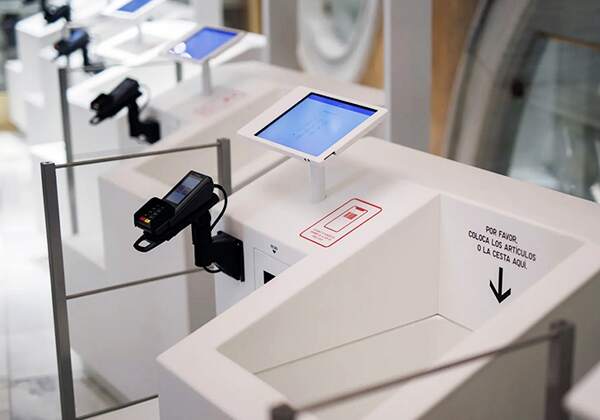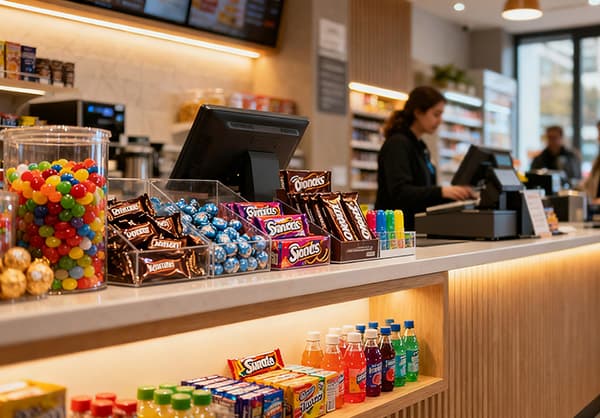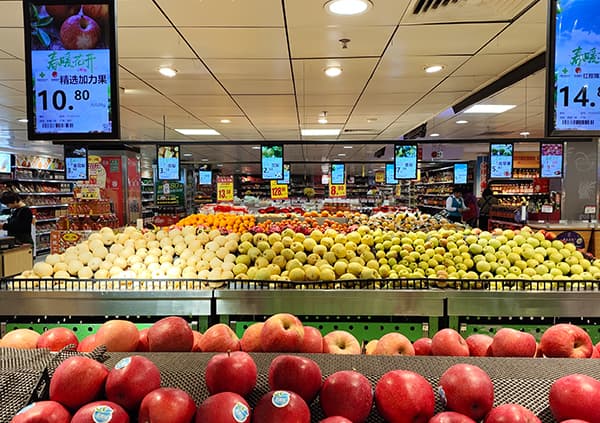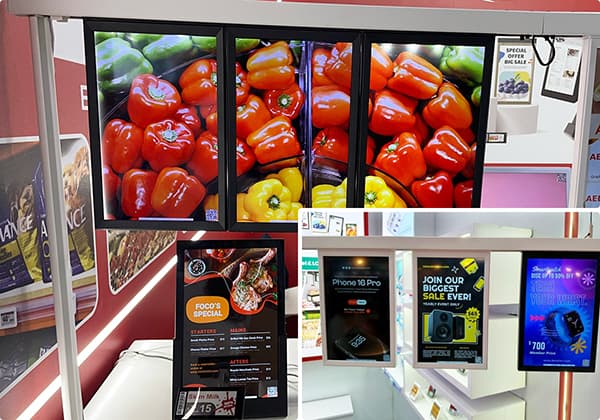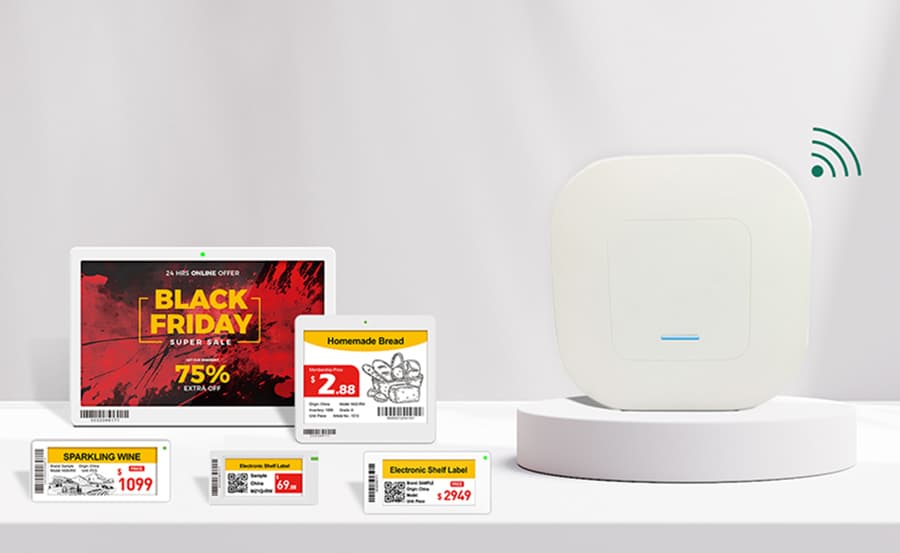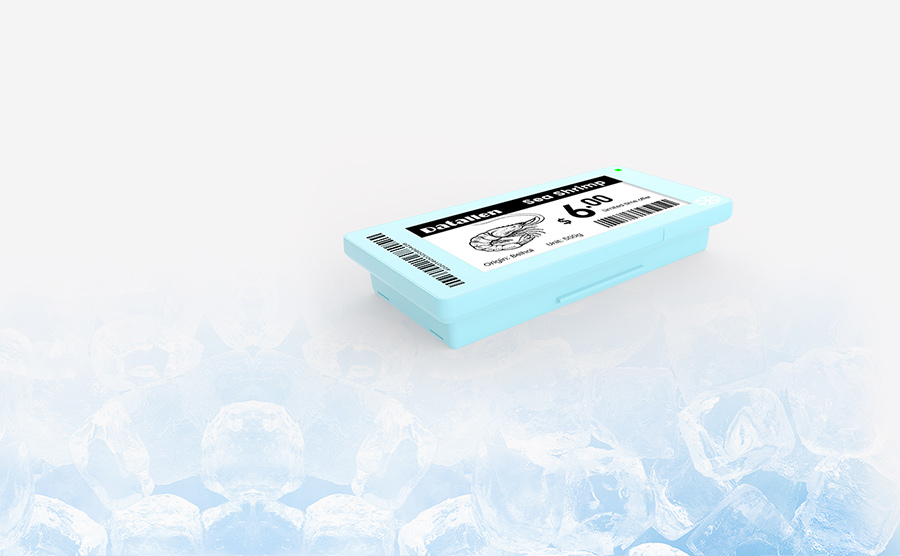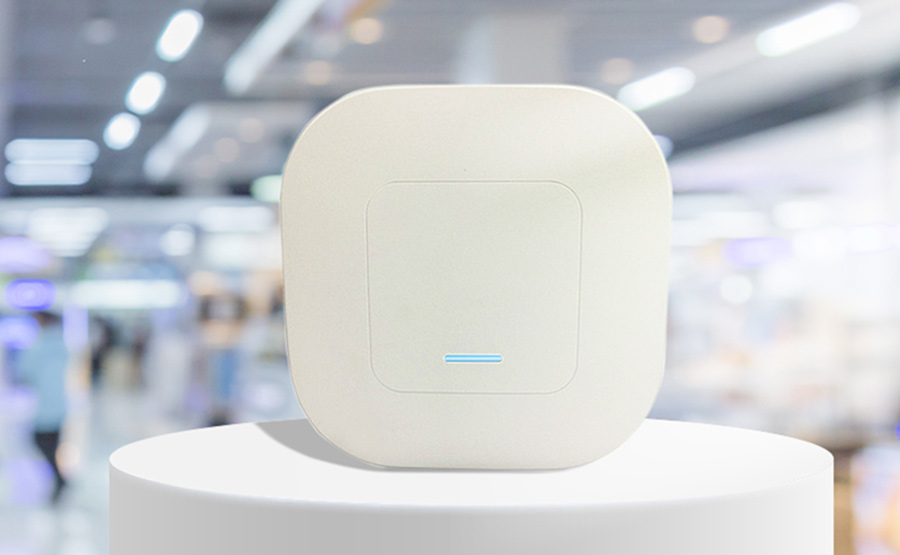Introduction: Why Car Dealership Displays Matter
In today’s hybrid car-buying landscape, where customers begin their journey online yet still crave tactile experiences, the modern car dealership faces a key challenge—how to make the in-person visit truly worthwhile. The traditional showroom, once defined by static vehicles and stacks of brochures, is evolving into an interactive, emotionally charged brand environment.
Effective car dealership display ideas no longer just showcase vehicles; they tell stories, build trust, and immerse visitors in a lifestyle that aligns with the brand. From digital signage to modular design and data-driven personalization, dealerships are embracing a new generation of display technologies that elevate every stage of the customer journey.
What Is a Car Dealership Display?
A car dealership display encompasses every visual and interactive element that shapes the showroom experience—from how cars are arranged and illuminated to the integration of digital media, signage, and pricing labels. The goal is to harmonize design, information, and emotion.
While outdoor displays focus on brand visibility, the indoor showroom is the stage where potential buyers connect emotionally with both the vehicle and the brand identity. The best displays blend aesthetic appeal with informational clarity, ensuring customers are inspired yet informed.
The Elements of an Effective Display
An effective car dealership display goes beyond decoration—it’s a strategic communication tool.
Key principles include:
Immersive storytelling: Each display zone should express a narrative, whether it’s innovation, luxury, or adventure.
Spatial flow: Encourage exploration through open movement paths that subtly guide visitors
Sensory coherence: Use lighting, sound, and materials that reinforce the brand’s identity.
Adaptability: Modular, movable stands and flexible layouts allow quick reconfiguration for events or seasonal campaigns.
Top Car Dealership Display Ideas for Modern Showrooms
1. Digital Displays and Video Walls
Digital signage has redefined how car dealers communicate. These screens can highlight technical features, showcase high-definition driving footage, or run synchronized brand messaging across multiple zones.
Unlike static posters, digital screens allow instant updates to pricing, promotions, or vehicle launches. In the sales area, screens beside vehicles can visualize engine cutaways, safety simulations, or performance animations—turning complex technology into intuitive storytelling.
2. Digital Shelf Labels: The Smart Upgrade for Showroom Efficiency
Digital shelf labels (ESLs)—a technology popular in retail—are now emerging as a powerful display tool for car dealerships.
These ultra-thin electronic labels replace traditional paper price tags, offering real-time updates on pricing, financing, and vehicle availability. For car dealers, this means no more manual label changes and guaranteed consistency between online and in-store prices.
Beyond practicality, ESLs add a sleek, modern touch that reinforces professionalism and innovation.
For brands like Datallen, which specializes in ESL solutions, the automotive showroom is a natural extension of smart retail. Their labels feature long battery life, temperature resistance, and minimal visual intrusion—ideal for luxury and performance showrooms where design integrity matters.
3. Smart Lighting and Environmental Design
Lighting plays a critical yet often underestimated role in car dealership design ideas. Adjustable color temperatures and focused spotlights emphasize each model’s contours, paint finishes, and interior materials.
Energy-efficient LED systems not only reduce operational costs but also support sustainability goals—an increasingly important factor for EV-oriented dealerships aiming to project an eco-conscious image.
4. Modular Display Stands and Flexible Layouts
Traditional pedestals are being replaced by modular car showroom display stands equipped with embedded screens or AR overlays.
Movable platforms on locking casters enable rapid reconfiguration for different occasions—vehicle launches, holiday events, or community gatherings—without the need for structural changes.
This flexibility transforms the dealership into a living environment that can evolve with each campaign.
5. Customer Interaction Zones
Modern showrooms are no longer passive galleries—they are interactive experience centers.
Dedicated zones allow customers to configure vehicles digitally, test virtual driving environments, or explore brand heritage via touchscreen exhibits.
By combining tactile engagement with digital content, dealerships bridge the online-offline divide and nurture a deeper emotional connection between visitor and vehicle.
How to Integrate Digital Signage into Car Dealership Design
A truly innovative car dealership display integrates digital signage across all operational areas—not just the showroom.
Sales Area: Next to display cars, use digital screens to visualize the engine, chassis, and safety features through animated demonstrations.
Service Area: In customer lounges, live-stream repair progress to build transparency and trust.
Parts Department: Use categorized screens to show compatible accessories, pricing, and availability.
Operational insight: Regularly update screens with promotions, customer testimonials, and AI-driven personalized content. Over time, analyze playback and interaction data to refine what resonates most and extend dwell time.
How to Combine Events with a Car Dealership Display
Events breathe life into physical spaces. Pairing event marketing with car dealership display ideas creates a stronger emotional impact.
Launch Events: Surround new models with panoramic or ring-shaped LED screens displaying 360° visuals.
Weekend Promotions: Run family-oriented events where interactive quizzes on large screens engage both adults and children.
Conversion Path: Integrate digital signage to guide attendees toward QR codes for test-drive booking or special offers synced with ESL-displayed discounts.
Such integrations turn ordinary events into immersive journeys—strengthening brand recall and driving measurable sales activity.

Data-Driven Display Optimization
As dealerships digitize their environments, data becomes the new design compass.
To measure and refine display effectiveness, track metrics like:
Customer dwell time around specific models or zones
Inquiry and test-drive rates correlated with display exposure
Interaction frequency on digital devices
Content performance, analyzed via signage software dashboards
Through A/B testing different layouts and continuously adjusting digital content, dealerships can uncover which experiences most influence customer decisions. Long term, linking CRM data with showroom analytics provides a holistic view of how display engagement translates to conversions.
Car Dealership Design Ideas: Building a Seamless Customer Journey
A well-designed dealership is a story told through space.
Consider defining distinct thematic zones:
Welcome Zone: Introduce the brand through immersive media.
Technology Zone: Let visitors interact with infotainment and safety systems.
Configuration Zone: Enable digital customization with tablets and interactive kiosks.
Delivery Zone: Celebrate the purchase moment with lighting and display cues.
Audi’s experiential layout model exemplifies this: deliberate pathways guide customers through a narrative that builds anticipation and emotional satisfaction—culminating in the handover experience.
The Role of Technology in Future Dealership Displays
Looking forward, car dealership displays will increasingly integrate AI, IoT, and AR. Personalized welcome screens can greet customers by name. Beacons may trigger model-specific content as visitors approach a vehicle.
These technologies enable seamless transitions between digital research and physical experience—reinforcing brand trust through consistency and personalization.
Practical Tips for Dealers Planning a Display Upgrade
1. Start with clear goals: Identify whether your priority is awareness, engagement, or conversion.
2. Blend analog and digital: Use technology to enhance—not replace—the human touch.
3. Prioritize flexibility: Choose movable, scalable systems to adapt to future needs.
4. Track and iterate: Use analytics from digital signage and ESL systems to continuously improve content relevance.
5. Collaborate smartly: Partner with reliable providers—like Datallen for ESL integration or digital display specialists—for seamless implementation and long-term support.
Conclusion: Redefining the Automotive Retail Experience
The shift from static displays to immersive, digital-first environments marks a turning point in automotive retail. The car dealership display is no longer a backdrop—it’s an active participant in the storytelling process.
By blending technology, design, and data, dealerships can transform showrooms into brand theaters that engage the senses, inspire trust, and convert curiosity into loyalty.
The future belongs to those who view every screen, label, and display not just as decoration—but as a medium of connection between people, technology, and the passion for cars.
For more insights, check out:
1. Creative Retail Display Ideas with E Ink Display for Quick Service Restaurants
2. Creative Deli |دلي Display Ideas for Modern Delicatessens
3. The Ultimate Guide to Beauty Boutique/Mart Display
4. Home Appliance Store Display Designs That Win in a Competitive Retail Market
5. Optimizing Sports Equipment Shop Display-A Digital and Customer-Centric Strategy




